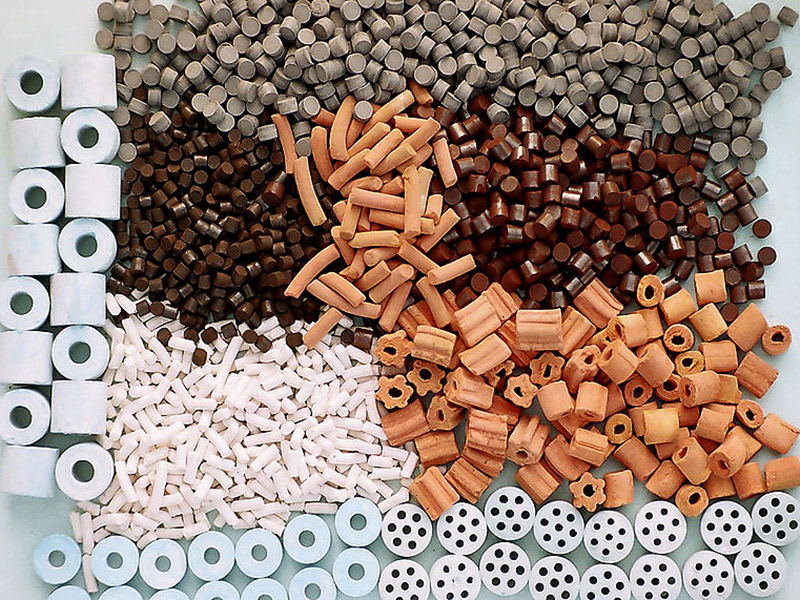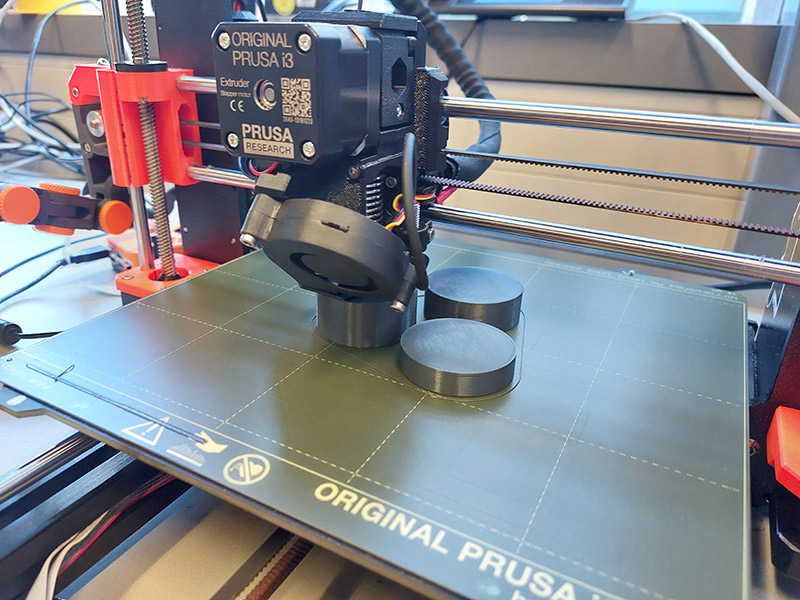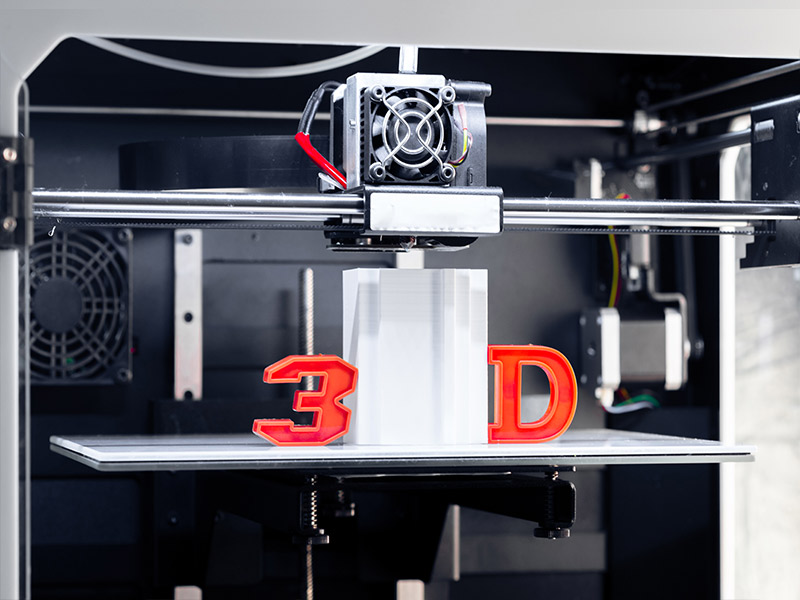Can 3D printed catalyst structures increase the performance of chemical reactors?
ZEOCAT-3D consortium members TU/e, VITO, and 3D-cat published a review paper on the process intensification potential of the 3D printing of catalyst and sorbent materials.
By Leon Rosseau (Eindhoven University of Technology)
Much of the ZEOCAT-3D consortium work to date has focused on the chemical properties of novel catalysts for the conversion of methane to benzene, an example being the recent article by IC2MP-CNRS: “Transformation of Dilute Ethylene at High Temperature on Micro- and Nano-Sized H-ZSM-5 Zeolites”. Now, to stay true to the “3D” aspect of ZEOCAT-3D, on 18 February 2022, TU/e, VITO, and 3D-cat published the article: “Review on Additive Manufacturing of Catalysts and Sorbents and the Potential for Process Intensification” in Frontiers in Chemical Engineering journal.
Commonly, chemical reactors use a catalyst in the form of randomly packed pellets. The use of pellets ensures the presence of a high fraction of catalyst in the reactor but has some downsides. For one, the pressure drop is quite high, which increases the chemical process energy demands. Secondly, the thermal management is deficient, which leads to hot spots and decreases the performance of the process.

By structuring the catalyst, instead of using randomly packed pellets, we may be able to have a better control over the performance of the reactor. Commonly used structures are honeycomb monoliths and foams coated with a catalyst. The drop in pressure and heat management properties of these structures are very beneficial, but their low catalyst content limits the practical application to very specific processes.
To cover the middle ground between these two shaping methods, the 3D printing of catalysts is a promising alternative. 3D printing of catalysts and sorbents is a new and exciting technology, which allows for design freedom in shaping the structures. By the structuring, the operating characteristics, such as pressure drop and heat transfer, can be tailored to provide the optimal conditions for a specific chemical process, like the Methane Dehydroaromatization (MDA) in the ZEOCAT-3D project.
If we think about it, the potential for this applied technique is immense. However, the literature does not yet feature a lot of examples in this field where the application of 3D printing technology adds value. Often, the studies focus on the chemical and material considerations without a complete analysis of the reactor engineering opportunities.

To investigate how to better exploit the potential of this technology, TU/e combined their process intensification knowledge with VITO’s practical 3D printing experience and 3D-cat’s industry know-how. The result is a balanced review, along with three future development options expected to be key in the successful and value-added application of 3D printing technology.
Firstly, we critically looked at the amount of binder used. Most 3D printing processes employ a significant amount of binder materials, with the effect of diluting the catalyst. In addition, especially at high temperatures (for example, in ZEOCAT-3D’s MDA), the binder may promote side reactions that decrease the catalyst’s performance even further. Therefore, the successful application of 3D printing for catalyst shaping should aim for minimal use of binders while carefully assessing their impact on the catalyst’s performance.
Secondly, we considered including local variations in the printed structure. The literature mentions the production of so-called log pile structures. We expect that these structures do not yet offer full exploitation of the potential of the technology. By local variations within such log pile structures, they can function as both a catalyst and a mixer, by which we can steer the fluid flow through the reactor. In this way, we can optimize the heat and mass transfer, which is a key process intensification goal.
Thirdly, we investigated the possibility of the 3D printing of multiple materials within one structure. This would allow the controlled usage of multiple catalysts or catalyst-sorbent combinations within one reactor, with great potential for future chemical processes. We could even combine dense materials (such as metals) and catalysts within one printing process to produce an entire reactor that is ready to use.
With the knowledge gained, there is now a concrete basis upon which to expand our studies on 3D printing, as the process intensification perspective on this technology was not available in the literature before. With this knowledge, we are now designing novel catalyst geometries that better live up to the potential of 3D printing and can be applied to make chemical processes more efficient and cost-effective.
The ZEOCAT-3D project is where we start but stay tuned to explore more foreseen applications in related chemical processes. If you’re interested in knowing more, browse our ZEOCAT-3D community on ZENODO.
